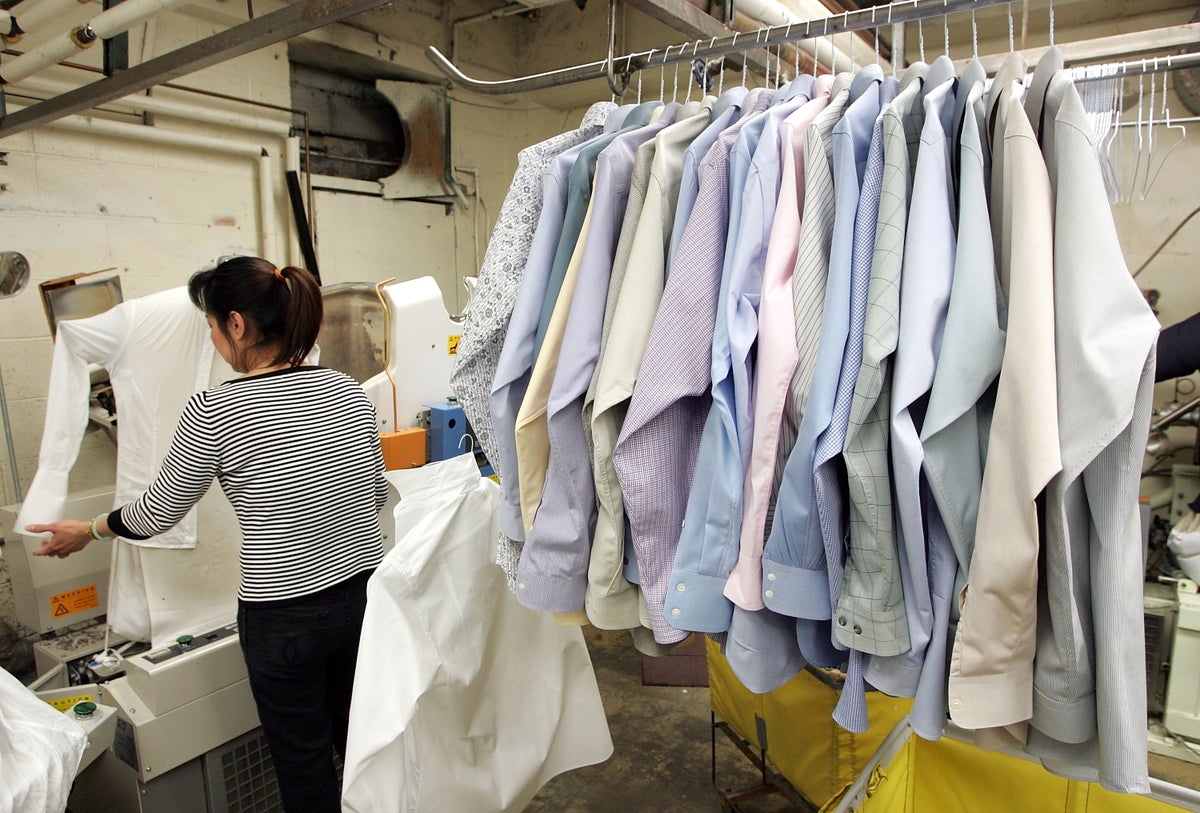
A chemical widely used in dry cleaning has been linked to an increased risk of Parkinson’s disease, scientists have warned in a new study.
The chemical trichloroethylene (TCE) is a widely used solvent across a number of industries along with consumer, military and medical applications, including to remove paint, clean engines and anesthetise patients, said researchers, including those from the Rochester Medical Center in the US.
While its domestic use has fallen since the 1970s, TCE is still used for spot dry cleaning and degreasing metal.
Previous studies have shown that TCE could be linked to Parkinson’s disease and earlier research in rodents has also revealed that the chemical can enter the brain at high doses and damage mitochondria in cells.
Animal studies also suggest TCE causes selective loss of dopamine-producing nerve cells – a hallmark of Parkinson’s in humans.
A small scale study has also shown that occupational or hobby exposure to the solvent is linked to a 500 per cent increased risk of developing the neurological condition.
In the new study, published on Tuesday in the Journal of Parkinson’s Disease, scientists said “millions more encounter the chemical unknowingly through outdoor air, contaminated groundwater, and indoor air pollution”.
They warned TCE can contaminate soil and groundwater leading to underground rivers, or plumes, that can extend over long distances and migrate over time.
The chemical can readily evaporate and enter people’s homes, schools and work places, often undetected, with the vapour intrusion likely exposing millions near former dry cleaning, military and industrial sites to toxic indoor air.
In the study, scientists assessed seven individuals in whom TCE may have contributed to their Parkinson’s disease.
While the evidence analysed in these individuals may be circumstantial, researchers said their stories highlight the risks posed by the chemical.
The assessed case studies include that of professional basketball player Brian Grant, who played for 12 years in the NBA and was diagnosed with Parkinson’s at age 36.
Reaerchers also assessed data from Amy Lindberg who may have been exposed to drinking water contaminated with the chemical at Camp Lejeune while serving as a young Navy Captain and went on to be diagnosed with the disease 30 years later.
For over a century, “TCE has threatened workers, polluted the air we breathe – outside and inside – and contaminated the water we drink. Global use is waxing, not waning,” said scientists.
They call for contaminated sites to be successfully remediated and indoor air exposure mitigated by vapour remediation systems and for more studies to better understand how TCE is linked to Parkinson’s and other diseases.







